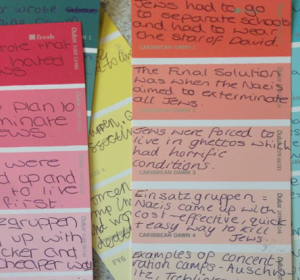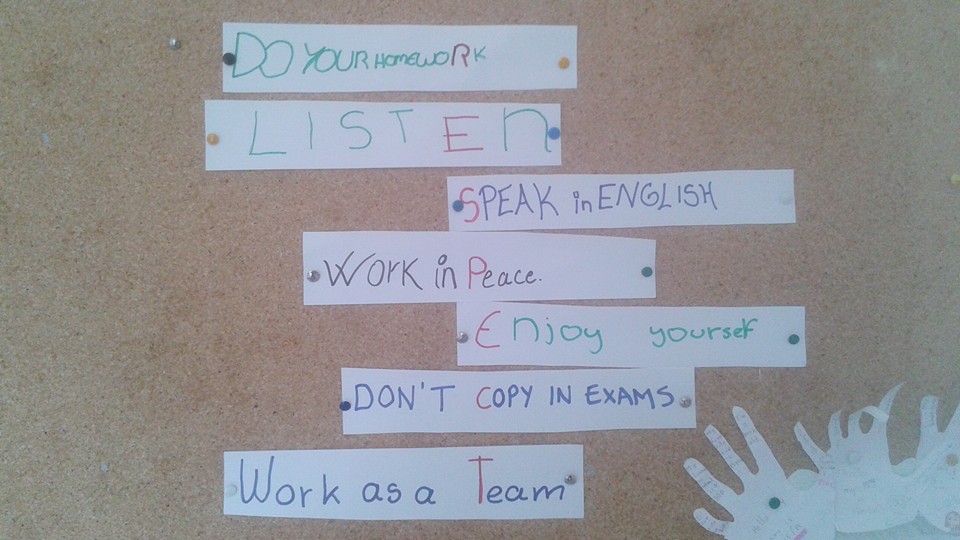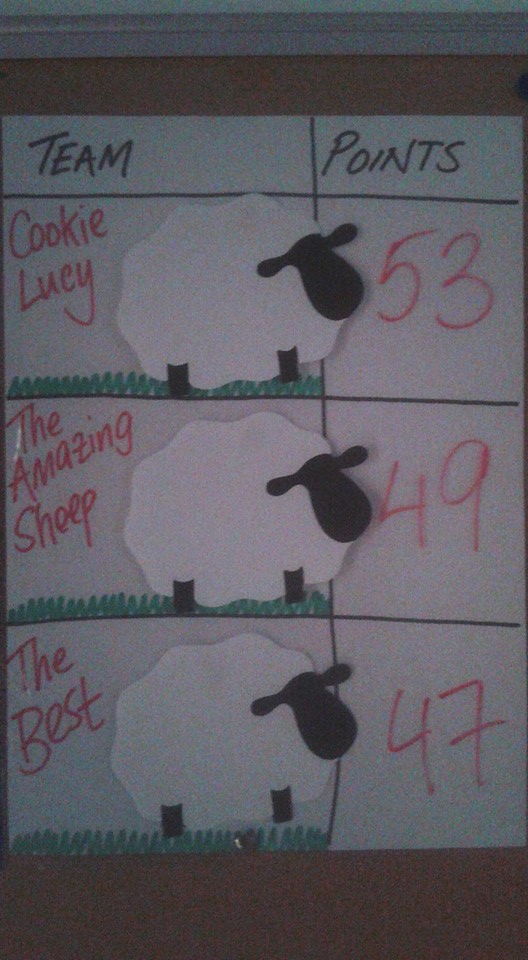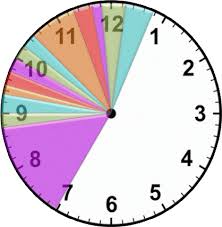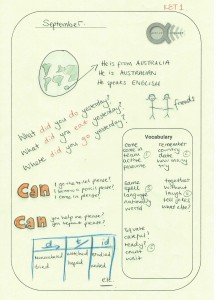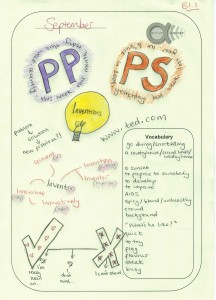 Thanks to everyone for a fun session yesterday on classroom management. Just to reiterate the positive feedback from the observations: we saw lots of lovely rapport with learners and personal interest in each of them as individuals. There was lots of humour in the classes, with a good balance between firmness and affect. There were a number of effective points systems in use, which motivated all learners and didn’t correspond solely to academic ability. Finally, we saw lots of interested learners and we could see that you were putting into action ideas and activities which had been picked up in our PDMs and at conferences.
Thanks to everyone for a fun session yesterday on classroom management. Just to reiterate the positive feedback from the observations: we saw lots of lovely rapport with learners and personal interest in each of them as individuals. There was lots of humour in the classes, with a good balance between firmness and affect. There were a number of effective points systems in use, which motivated all learners and didn’t correspond solely to academic ability. Finally, we saw lots of interested learners and we could see that you were putting into action ideas and activities which had been picked up in our PDMs and at conferences.
Below are the questions from the board game – some come directly from the observations and others are more general topics related to classroom management. Remember to have a think about three areas you’d like to develop this term and in the next PDM we’ll take a moment to share our ideas.
- What effective praise/acknowledgement techniques do you use?
- How effective and natural are the questions you ask your learners?
- How do your materials cater to different learners styles?
- Why do we model activities?
- How happy are you with the pace of your lessons? What could you do to improve this aspect?
- How can you help YLs develop self-control?
- How do you develop self-esteem in your learners?
- How do you ensure cohesion in your lessons, and from one lesson to the next?
- Why is it important to think about the timing of stages when planning?
- How do you justify a lesson not having gone as planned?
- What responsibilities do your learners have within the classroom?
- What are your expectations with regards to learner behaviour?
- Why is it important to vary the interaction patterns in our lessons?
- How do your learners reflect on their learning?
- Why should we concept check following instructions? How can we do this effectively?
- Why shouldn’t we commentate during our lessons?
- How do your learners record emergent language?
- What are the dangers of echoing?
- What factors do we think about regarding the teacher’s voice?
- How do you ensure personalisation of content in your lessons?
- What are the pros and cons of on-the-spot error correction?
- What techniques do you use to minimise L1 in your classes?
- How do you use colour in your boardwork?
- What should we think about when giving instructions to low-level learners?
- Why is it important to monitor learners? What factors do we need to think about to monitor effectively?
- Why can “What does…mean?” be an ineffective way of concept checking lexis?
- How aware are you of classroom disruptions (such as learners swinging on chairs, banging on tables or tapping pencils)? How do you deal with them?
- How much do you use your board during the lesson? Do you have a layout in mind before the lesson starts?
- Who establishes the rules in your class? Who enforces them? What are the consequences of breaking the rules?
- Think about a points system you use or have used in the past – how effective do you feel it is/was?
- How can you encourage adolescent learners to listen to each other?
- Feedback on communicative activities can seem repetitive from the learners’ point of view, but why is it useful?
- Thinking about YLs, what are the benefits of you taking in their books to correct, rather than correcting it in class?
- What methods do you have to record and revisit emergent language?
- How could you use a points system to reward more than just academic ability?
- Think about a routine you currently use – what’s the linguistic value of it and to what extent does it challenge learners?
- What can be the pros and cons of using a random-name-generator when nominating learners?
- In an odd-numbered group, what can be the pros and cons of you making up a pair in a communicative activity?
- Who marks homework? When? How? What other forms of homework correction may be more effective?
- Why is it important to periodically check learners’ books or folders? How often do you do it?
Dani also posted this article on the facebook page about the importance of presence in the classroom.
